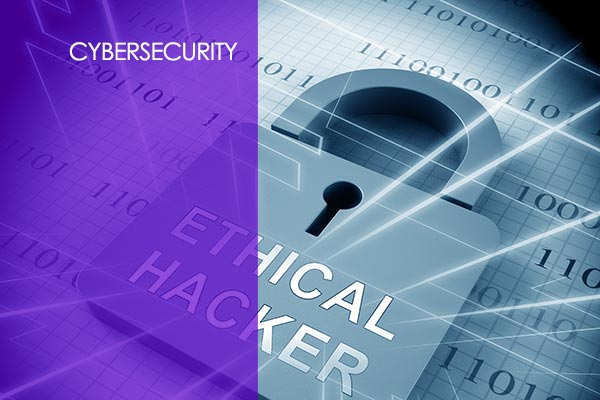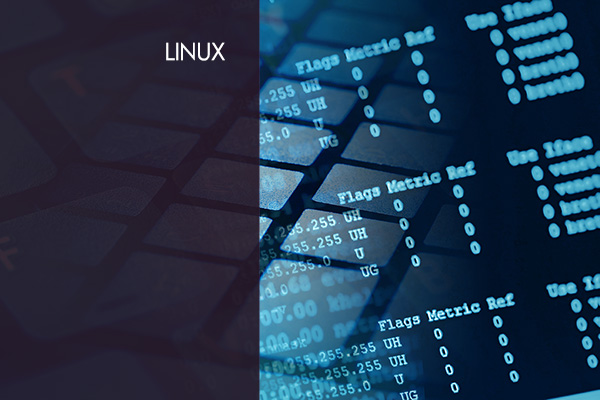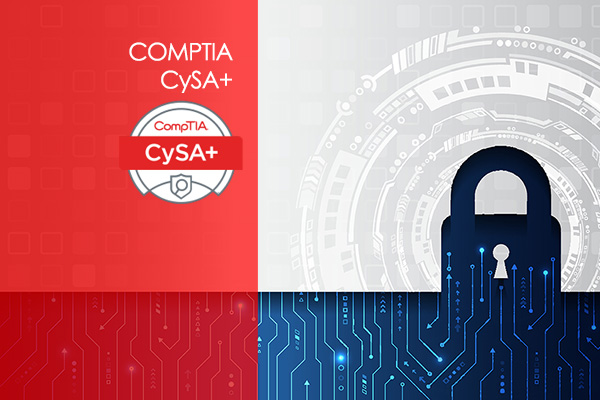Certified Ethical Hacker (CEH) Version 11 (ECC 312-50) Part 1
This course is a three-part comprehensive series on ethical hacking. Students will build the foundational skills necessary to not only choose the right tools when performing a cybersecurity penetration test, but to also be able to explain why the chosen technique will work. Throughout this entire series, every lesson and topic are infused with real world examples, walkthroughs of actual penetration testing scenarios, and extensive hands-on learning.
$49.99
Description
This course is a three-part comprehensive series on ethical hacking. Students will build the foundational skills necessary to not only choose the right tools when performing a cybersecurity penetration test, but to also be able to explain why the chosen technique will work. Throughout this entire series, every lesson and topic are infused with real world examples, walkthroughs of actual penetration testing scenarios, and extensive hands-on learning.
In this Foundations course, students will learn how networks, protocols, and networking devices work. They will understand the security limits found in a traditional network and how to exploit those limits. They will learn ethical hacking concepts, the cyber kill chain process, operating system vulnerabilities and how to use Linux as an attack platform. They will practice essential Windows and Linux commands, research and download the latest exploit source code, and compile and use that code against a target. As a security professional, they will also learn about relevant laws and how best to serve their clients’ needs when auditing a computer network. They will examine the controls used to protect a company’s digital assets—and what it takes to circumvent such controls.
Course Outline
Certified Ethical Hacker (CEH) Version 11 Part 1: Foundations (ECC 312-50) Course Content
Your Training Instructor
Chrys Thorsen
Education and Technology Expert
Example Certificate

$49.99
Course features:
24 Hrs 3 Min
113 Videos
1 Year Access
Available on Web
Certificate of completion





